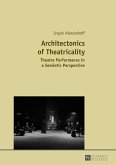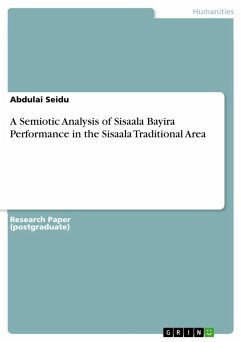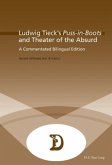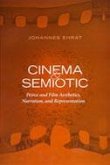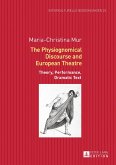The Semiotic Stage provides the first comprehensive summary of the writings that founded contemporary theater semiotics. The Prague School theater writings are placed in their theoretical context, and integrated in relation to major artistic areas like acting, design and dramatic writing. The influence of the Prague School and its relation to the current state of theater study are also thoroughly discussed.
"Quinn's comprehensive study of the theatrical theory of the Prague School, the first in English, is a major contribution to the field. Modern theatre semiotics, already deeply indebted to this important movement, will doubtless be further inspired and enriched by the stimulating new insights Quinn's study offers." (Marvin Carlson, The Graduate School and University Center of the City University of New York)
"This is the most comprehensive study of one of the seminal developments in the theory of theatre of the last two hundred years. Michael Quinn has gone back to the original sources and is able to give a lucid, illuminating account of the Prague School's thinking. This is an elegant piece of superb scholarship on a subject which not only raises the level of theory but has also the most far-reaching practical implications for the teaching of directing and design." (Martin Esslin, Stanford University, Emeritus)
"This is the most comprehensive study of one of the seminal developments in the theory of theatre of the last two hundred years. Michael Quinn has gone back to the original sources and is able to give a lucid, illuminating account of the Prague School's thinking. This is an elegant piece of superb scholarship on a subject which not only raises the level of theory but has also the most far-reaching practical implications for the teaching of directing and design." (Martin Esslin, Stanford University, Emeritus)


